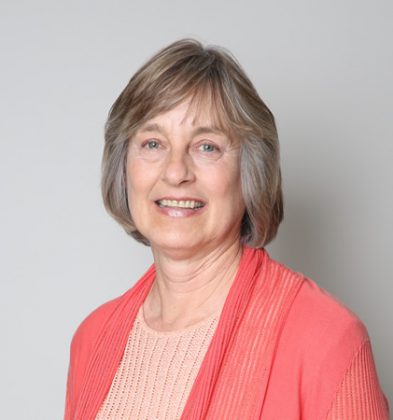Defending Village Character

Planning commissioner and artist Jorg Dubin says he doesn’t know what “village character” is. He keeps saying that the staff shouldn’t talk about it or cite policies referring to it because he thinks applying it is too subjective. Last week at the planning commission meeting, Community Development Director Marc Wiener responded with descriptions from the code: “Village atmosphere shall be characterized by appropriately scaled development, diverse and unique architectural designs, pedestrian orientation and sensitivity to the natural conditions of the site,” but that didn’t seem to satisfy Dubin.
Yes, its particular attributes may be subjective, but that doesn’t mean we don’t know it when we see it, or understand how it can be jeopardized and lost. For all of us who made a conscious decision to choose Laguna over all the alternatives, we understand what village character is—it’s all the components that make our town charming, unique and accommodating to the social interactions we cherish.
It’s concerning that a planning commissioner says he doesn’t have a grasp of a key planning concept—preservation of village character—that is the basis of many policies in our “constitution,” the General Plan.
At last Wednesday’s meeting, it was clear that the commissioners missed the connection of two agenda items that are important to the overall goal of protecting and enhancing the city’s character.
First was the fire department review component of the design review “streamlining” that the council has put in motion.
Fire department review has become particularly difficult and time consuming for applicants for design review approvals. The Fire Department has a very powerful role already—applicants must satisfy them before they qualify to go to the Design Review Board. But now staff is proposing that a core fire protection program, the creation of fuel modification zones, be handled with a purely administrative process—between the Fire Chief and the Community Development Director. No public review.
For the Fire Department vegetation is fuel. Trees and shrubs are classified as either acceptable or “target species”—plants that they require to be removed. They have a list—including pines, cedar, cypress, melaleuca, Brazilian pepper, fan palms, toyon, lemonade berry and eucalyptus. If an applicant has any of the 50 or so target species on their property the Fire Department will require them to be removed when they come in with their plans for a new or remodeled home. Look around our neighborhoods—imagine all those trees gone. These removals will cause a huge impact on village character.
Fuel modification programs are designed for properties that are on the wildland/urban interface—not for properties in neighborhoods. Yet they are proposing that a huge additional area (87.8%) of the city be required to comply with fuel modification standards, including cutting down target species. These removals will have a huge citywide.
Applicants who want to keep trees or shrubbery on their property or those who want to preserve trees in the community will have no opportunity for public objection since review of fuel modifications will no longer be done by the Design Review Board. The Fire Chief becomes the Tree Czar unless the Director of Community Development can sway his opinion. All this will take place behind closed doors.
Our fire prevention programs can provide both beauty and public safety—but not if the public is excluded from the process, and not if we don’t insist on balance—involving experts in plants and ecology as well as firefighters.
The Planning Commission also heard a presentation by Caltrans regarding construction of sidewalks along Coast Highway from Ruby Street to 7th Avenue. Even though the city had allocated $10 million for “betterments”—aesthetic and safety improvements, it was announced that that funding was being withdrawn. A plain 4’ sidewalk is proposed, for the most part on only one side of the highway. Planted medians similar to those at 3rd Avenue have safety and traffic calming as well as aesthetic benefits. But there are no medians, no street trees. Room for bike lanes is getting tighter—Caltrans is getting the extra width needed for the sidewalks by making the automobile travel lanes narrower. Will wall details look like the harsh walls Caltrans built at 9th Avenue? No details provided yet.
While the new sidewalks, however minimal, will be a great improvement, this could be our last chance in a generation to make the experience the Coast Highway more beautiful and safer for walkers, bike riders and drivers. How do we achieve the best results? Public involvement in the design—public meetings with the planning commission subcommittee and Caltrans are needed. Restore the commitment for city “betterments” funding and be sure it’s for planted medians, street trees, and improved details.
Ask ourselves, will our village character be improved by these projects? If not, let’s do something about them now.
Ann is a landscape architect and former Laguna Beach mayor.
.




